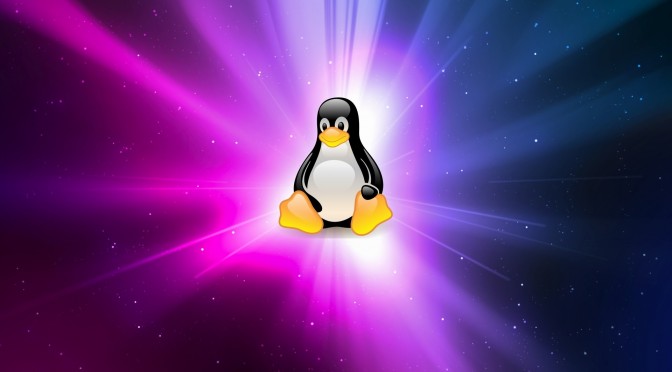Alright it’s about that time again, but I’m also going to take a moment to tell you guys about my plans for the next article. A lot of you have been asking about the performance differences between Linux and Windows in terms of games so I figured why not benchmark both of them? I have a few games in mind that I know for sure that I am going to test, but if any of you have any suggestions, feel free to let me know in the comments.
Q: Why are there so many fps differences between OpenGL & Direct X?
A: A lot of things come in to play here, but the biggest thing is that OpenGL is bloated as hell. There is so much old code in OpenGL that just needs to be gotten rid of, but doing so costs backwards compatibility for older hardware. Direct X has done a good job for the most part about keeping the code fairly clean without too much bloat.
A concern: My biggest concern is the nightmare to install the AMD drivers in almost any Linux distro. Whats wrong with that? 9/10 times ends up with a black screen after reboot.
AMD drivers on Linux just really aren’t that great. So far Nvidia is your best choice of GPU for Linux because the driver support is much better. The reason for this is AMD is still very behind when it comes to official Linux drivers (There are Open Source AMD drivers that are much better) but that will soon change as AMD has been hiring many new employees to work on Linux drivers. As far as the black screen goes your Kernel version may not support the newer drivers so make sure you update your Kernel, install the new drivers and then be sure to compile those drivers for your kernel.
I have seen on here and other sites a lot of confusion in regards to desktop environments and how they differ from distributions. A lot of this stems from the fact that people are used to Windows and don’t have the options of other DEs.
Linux unlike Windows is a Terminal with a GUI on top of it. Windows is a GUI with a terminal (Power Shell) on top of it. If you were to install a basic Linux package like a server distro then upon your first boot you would be greeted by a terminal as opposed to a desktop. At this point you can install what ever DE you want (yes there are many). A few examples are:
GNOME (There are different versions as well)
Cinnamon (a Fork of GNOME 3)
Unity (NOPE)
KDE (Ultra Lightweight)
MATE (A fork of GNOME 2)
Now before you ask because I know you will, no matter what people may say there is no superior DE or distribution. What distro or DE you choose to install is all based on your own personal preferences. Personally on my desktop I have Arch Linux with i3 (DE) and on my laptop I have Arch Linux with GNOME 3.
For people new to Linux I recommend Ubuntu with GNOME 3 or Mint with Cinnamon.
That about wraps it up for today everyone. Make sure you keep those questions flowing and I will offer all that I can to help everyone better understand Linux.
Matt Followell is another contributing author here at DSOGaming. A long time fan of PC Gaming and a huge supporter of the open source and homebrew movement. You’ll see him interacting with the community from time to time going by the user-name of Radapples.
Contact: Email

